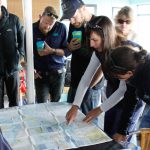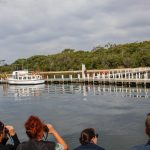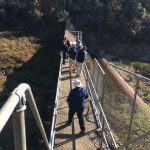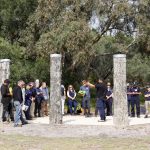
The East Gippsland Catchment Management Authority (EGCMA) last week played host to staff of seven Catchment Management Authorities from across the state as part of the East Gippsland CMA Knowledge Sharing Forum.
Members of the West Gippsland, Corangamite, Wimmera, Goulburn Broken, North East and North Central CMA’s gained an understanding of East Gippsland’s unique natural environment and the challenges and opportunities in maintaining and enhancing the health of our catchments.
The group visited the Mitchell River Silt Jetties, the mouth of the Tambo River, the Nicholson Dam and took a boat trip to view works across the Gippsland Lakes. EGCMA partners Birdlife Australia, DELWP, Friends of Beware Reef, Gippsland Ports, Greening Australia, Gunaikurnai Land and Waters Aboriginal Corporation (GLaWAC) and The Marine Mammal Foundation, all spoke passionately about their respective projects.
A particular highlight was the smoking ceremony performed by GLaWAC JM Ranger Supervisor, Grattan Mullet Jnr at Sperm Whale Head and the opportunity to learn about the joint management of ten parks and reserves by GLaWAC and Parks Victoria.
“This event was a great opportunity to showcase our partnerships throughout the region.” said Becky Hemming, acting EGCMA chief executive officer. “Sharing of knowledge and experiences with CMA staff from around the state will contribute to better relationships and a better understanding of how to improve the health of our rivers and waterways.”
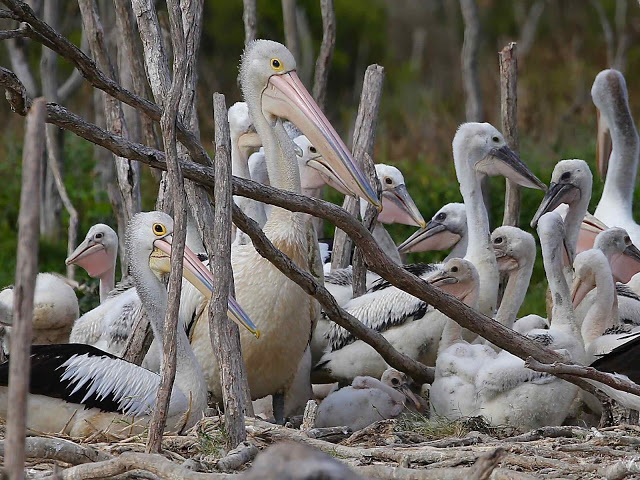
It isn’t very often you wouldn’t be able to spot a Pelican when visiting the Gippsland Lakes. For a species that is often sighted though, not a lot is known about its breeding and behaviour patterns in the Gippsland Lakes.
Birdlife Australia, together with the regional group of volunteers from Birdlife East Gippsland, are working on several projects funded by the Gippsland Lakes Community Grants 2017.
Graeme Dear, CEO of the East Gippsland Catchment Management Authority (CMA) said “The Gippsland Lakes funding is a priority in the Water Plan for Victoria. The projects are very much a partnership of agencies and community groups working together for the benefit of the Lakes”.
The Australian Pelican will be one of the focus species of the projects. With its cultural significance and a bird that everyone knows and recognises, the new information will assist in demonstrating the importance of the Gippsland Lakes as a refuge in times of national and regional drought. It will also assist in the future management of wetlands. Other species will also be monitored including resident and nomadic birds such as Egrets, Cormorants, Ibis, Spoonbills and Herons.
Deb Sullivan from Birdlife Australia said “The iconic Pelican expanded its nesting colony to a second site over the previous breeding season but this year it doesn’t appear that this will happen. It is known that the pelican has a nomadic response to significant rain events but there is no information on this response for the Gippsland Lakes. We hope through our projects that we may be able to answer some of those questions.” The Gippsland Lakes is home to one of the few permanent breeding rookeries in Australia for the Australian Pelican.
Other work will include monitoring the distribution and behaviour of waterbird and shorebird species, impacts that human disturbances have on migratory birds as well as creating a breeding index to gain a better understanding of bird breeding patterns to ensure their long term survival.
Mr Dear said “The Gippsland Lakes are recognised internationally as a Ramsar listed wetland and are a vital habitat for native plants and animals. As a major tourist and recreation destination they also play a vital role in supporting the region’s economy. The Gippsland Lakes community projects play an important role in looking after the Lakes.”
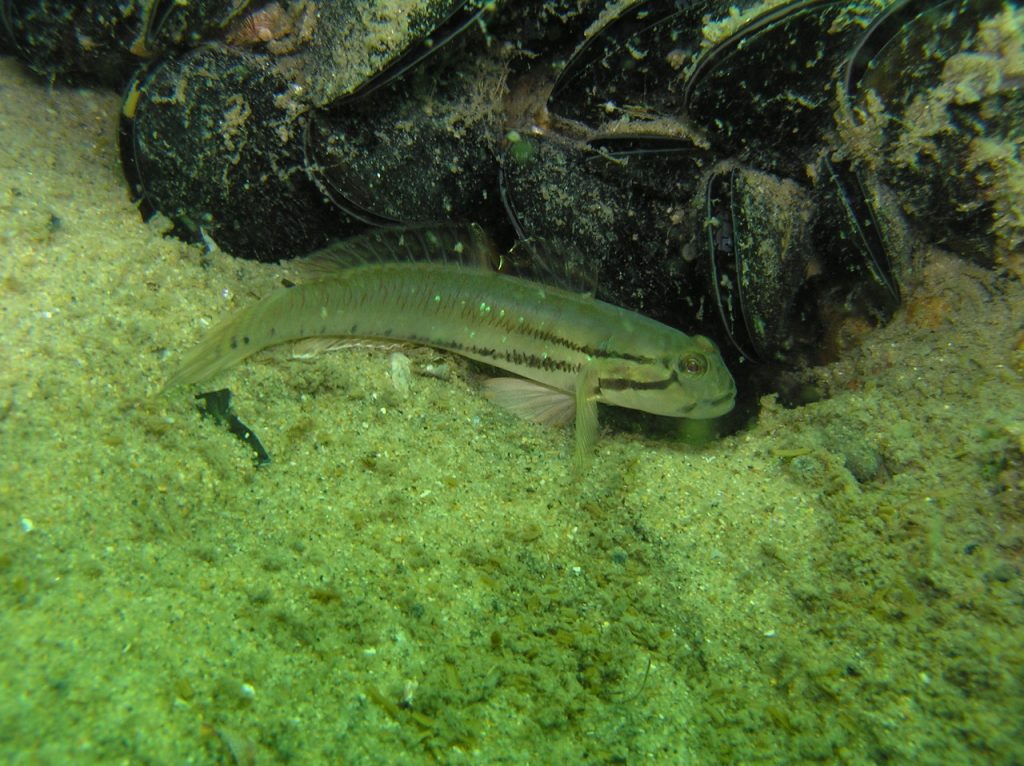
Friends of Beware Reef; a small volunteer group, are full swing into photographing the underwater world of the Gippsland Lakes after being one of the groups that secured funding in the Gippsland Lakes Community Grants in 2017.
The grant is for a twelve month project to establish a photo database of all marine fish and invertebrates found during dive surveys in the Gippsland Lakes. Surveys will focus on seagrass beds and rock structures and they will aim to identify any pest marine plants or animals.
Graeme Dear, CEO of the EGCMA said “it’s great to see such an enthusiastic group of people who love what they do and care about our Gippsland Lakes receiving this funding. The Water Plan for Victoria seeks increased participation from many groups and this Gippsland Lakes funding is part of the plan implementation.”
A small group of divers, Friends of Beware Reef have been diving and capturing vision of what is happening under the water’s surface for about 12 years. They have conducted an enormous amount of surveys and captured many stunning visions of the offshore marine life at Beware Reef sancturary near Cape Conran.
Not only are they passionate about diving and interested in what they find but they have also played a very important role in assisting DELWP and other departments gain further understanding of our marine environment. It was during one of their dives a couple of years ago that they discovered the Northern Pacific Seastar in the Gippsland Lakes, an invasive starfish that is an aggressive predator of native marine life.
Friends of Beware Reef pass on their knowledge and experiences to the community via the many talks they do to groups and organisations. With a wealth of knowledge and a superb collection of photos and videos, people have the opportunity to see what is below the surface without getting wet. Don Love, a Friends of Beware Reef member said “It’s about getting the word out and showing and educating people, we say hey the Barrier Reef looks pretty but there is some pretty cool stuff down here in our local area too.”
Funding for this and other projects has been provided by the Victorian State Government based on advice from the Gippsland Lakes Coordinating Committee.
“The Gippsland Lakes has probably got a great deal of biodiversity in it that we don’t really know about yet. Cameras have been dragged though the water but nothing beats the human eye when it comes to finding stuff. We love challenges and it’s about eyes on the bottom, someone just sniffing around and having the ability to observe things.” Don added.

